This is the poem Dong Ho an nguyet in the collection Ha Tien thap canh vinh by Mac Thien Tich. According to the poet Dong Ho's commentary, Dong Ho is a lake in the east of Ha Tien citadel. An nguyet is the reflected moon. The poet looked at the reflection of the moon on the lake's surface like a round seal stamped on a piece of white paper.
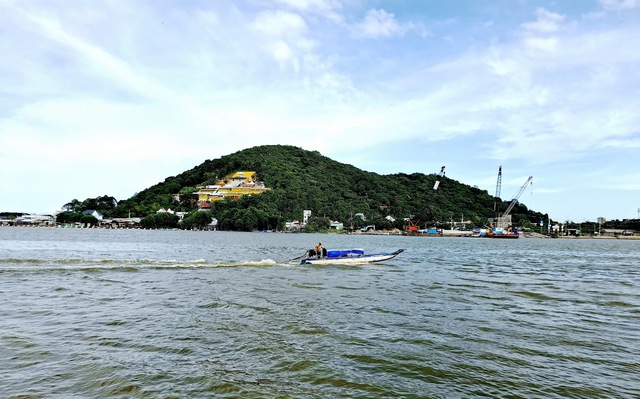
Dong Ho and Suzhou Mountains
Photo: Hoang Phuong - Ngoc Phan
MR . HO 'S POSITION
The book Gia Dinh Thanh Thong Chi recorded: "Dong Ho is in front of the town hall. The south gate locks the Ha Tien seaport, the north gate connects to the lower Vinh Te river. In the middle is a vast lake, 71 meters wide, called Ha Tien lake, also called Dong Ho. In the middle of the lake there are sandbanks, the water is about 5 meters deep on the east and west sides, seagoing ships and river boats are anchored next to each other, merchants are bustling. The moon is clear and the wind is cool, called Dong Ho an nguyet".
Regarding the name Ha Tien, according to Gia Dinh Thanh Thong Chi (translated by Tu Trai Nguyen Tao, 1972), Ha Tien was commonly called Mang Kham, and the Vietnamese called it Phuong Thanh. In 1680, after the Ming Dynasty collapsed, Mac Cuu refused to submit, did not shave his head and braid it, but instead kept his hair long and brought his whole family to the South. At that time, he recruited the displaced people in Phu Quoc, Lung Ky, Can Bot, Vung Thom, Rach Gia, and Ca Mau to form 7 villages; then he sent his subordinates to bring a petition to the capital Phu Xuan to present, asking to be the leader. According to legend, this land often saw fairies appearing on the river, so it was called Ha Tien.
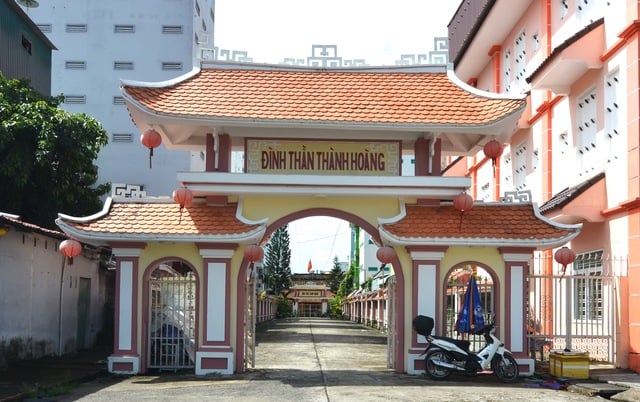
Thanh Hoang Temple, an ancient relic in Ha Tien
Photo: Hoang Phuong - Ngoc Phan
In the autumn of the 8th month of the year Mau Ty (1708), Lord Nguyen Phuc Chu appointed Mac Cuu as the General of Ha Tien, and established a residence and military garrison in Phuong Thanh. In the 4th month of the year Tan Mao (1711), General Mac Cuu came to the capital to express his gratitude. In the 5th month of the year At Mao (1735), Mac Cuu passed away, and his eldest son Mac Tong, whose given name was Thien Tich, presented a letter announcing his death. In the 2nd month of the year Binh Thin (1736), Lord Nguyen granted Thien Tich the succession to his father, promoted him to the position of Imperial Commissioner and Admiral Ton Duc Hau, and granted him 3 tax-exempt dragon flag ships. He also opened a mint. Mac Thien Tich divided the civil and military offices, built public buildings, built ramparts, divided roads, and markets. From then on, merchant ships from many countries came and went.
Dong Ho evening gown
The mythical story of the Dong Ho "fairy ball" was written by the poetess Mong Tuyet to explain the place name Ha Tien, which is still circulated today. Legend has it that on cool, windy moonlit nights, when the sea is calm and the sky is calm, fairies often descend to Dong Ho to play chess, drink wine, and recite poetry. These fairies include men, women, and children, dressed in all five colors. The male fairies have handsome faces, snow-white hair, and knee-length beards. The female fairies are extremely graceful and beautiful. They play on the "dragon boat" rowing back and forth on the Dong Ho water, next to the To Chau mountain range, and by dawn they return to heaven.
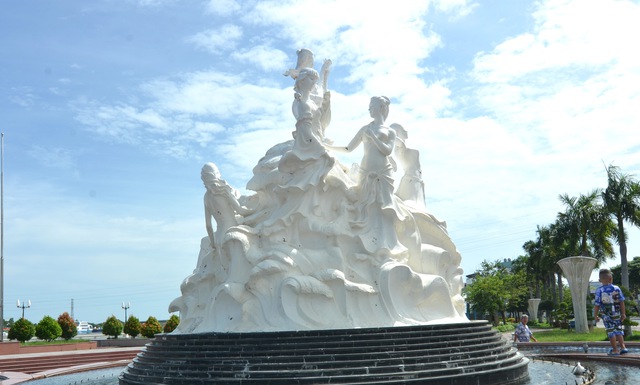
Statue of fairies singing by the lake
Photo: Hoang Phuong - Ngoc Phan
Legend has it that during Mac Cuu's reign, there was an annual Lantern Festival with flower lanterns, boats hanging flowers and leaves, lanterns, and drums playing all the way to Kim Du estuary. During Mac Thien Tich's reign, Dong Ho was a place to "play with the moon". During the Mid-Autumn Festival, Mac Thien Tich often came here to row a boat, watch the moon, drink wine, and recite poetry.
According to a description in Nam Phong magazine in 1930, Dong Ho was the busiest place in Ha Tien: "Inside the market, looking down to the river, there is an empty land, the other three sides are all one-story streets. The market yard has a bus station going to many places. On the right side is a memorial stele for fallen soldiers, on the left side is a boat and ship dock. There are many boats and usually there are 4 classes: fishing boats; cage boats going to Sa Dec, Saigon; round boats going to Phu Quoc; Siamese boats going to Vong Cac (Thailand), Huong Cang (Hong Kong) and Ha Chau (Singapore)".
The old Ha Tien market is located near the Dong Ho shore. At night, houses near the market use kerosene lamps or oil lamps, which shine dimly on the street. The streets are lined with high-rise buildings on both sides of the market, crowded and bustling, with coffee shops, grocery stores, and even a library, where people come to read books and newspapers or borrow them to take home... Opposite on the other side is To Chau hamlet, which used to specialize in fishing and using nets. On the surface of Dong Ho, there were forty or fifty nets tightly packed together. In 1918, dredgers crossed Dong Ho, the nets were cleared away and people switched to setting traps and setting the bottom.
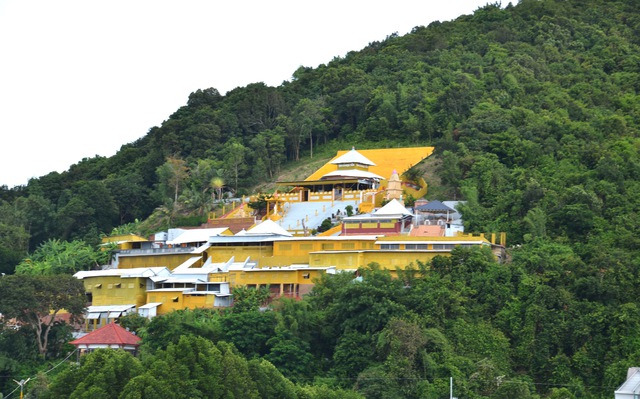
The road to Ngoc Tien Pagoda on the slopes of To Chau mountain
Photo: Hoang Phuong - Ngoc Phan
The Communal House of Thanh Hoang Ha Tien is also an ancient relic near Dong Ho that is still preserved. The communal house was formerly the Communal House of Thanh Hoang My Duc village, which was restored in 1888. After 1975, it was sometimes used as the Traditional House of Ha Tien district, and has now been restored. The Saigon Moi magazine, Spring issue of Quy Ty 1953, had a 2-page article calling Ha Tien "the Tibet of Vietnam". The reason, according to the author, is because right in the inner city of Ha Tien, you can see temples and pagodas everywhere. The people here are very devout Buddhists, so on the 15th and 1st of the lunar month, the markets sell flowers, fruits and vegetarian food.
Nowadays, on the banks of Dong Ho Lake, there is a cluster of statues of fairies singing and playing music to remind of ancient stories. On the other side, there is a road around the foot of To Chau mountain, houses are close together from the mountainside down to the lake shore, there are Ngoc Tien and Ngoc Dang pagodas located precariously on the mountainside. Ha Tien at night is quite quiet. At around 8 pm, there are few people walking around although the streets are still lit up. The last activity is the pedicab decorated with colorful lights, inviting tourists to take a tour around the streets for only 15,000 VND/person. This unique vehicle can only be found in Ha Tien. (continued)
Source: https://thanhnien.vn/ha-tien-thap-canh-dong-ho-va-ten-goi-xu-ha-tien-185250923232915639.htm


![[Photo] President Luong Cuong presents decisions on conferring titles and appointing Vietnamese Ambassadors](https://vphoto.vietnam.vn/thumb/1200x675/vietnam/resource/IMAGE/2025/10/10/1760082105623_image-1.jpeg)
![[Photo] Prime Minister Pham Minh Chinh attends the Patriotic Emulation Congress of Hanoi city](https://vphoto.vietnam.vn/thumb/1200x675/vietnam/resource/IMAGE/2025/10/10/1760078918257_dsc-2008-jpg.webp)
![[Photo] "Exposing letters" in the flood center of Lang Son](https://vphoto.vietnam.vn/thumb/1200x675/vietnam/resource/IMAGE/2025/10/10/1760080117518_ndo_br_z7101324112737-07cd4d1c01801a8ccf4ae0cbaf31c4a3-507-jpg.webp)


![[Photo] Standing member of the Secretariat Tran Cam Tu works with the Standing Committee of the Party Committee of the Ministry of Health](https://vphoto.vietnam.vn/thumb/1200x675/vietnam/resource/IMAGE/2025/10/10/1760079818773_image-4-6972-jpg.webp)
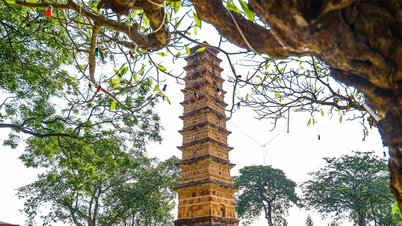






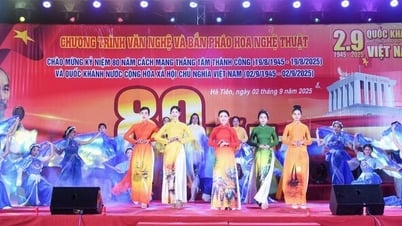



![Tickets for G-DRAGON 2025 WORLD TOUR [Übermensch] in HANOI "evaporated" all 3 days of sale: Unprecedented fever](https://vphoto.vietnam.vn/thumb/402x226/vietnam/resource/IMAGE/2025/10/10/1760074116130_picture1-1597-5-png.webp)















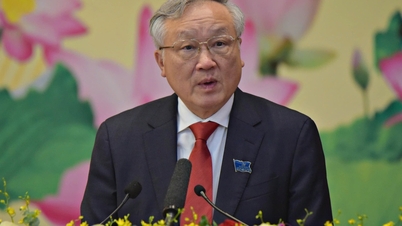




















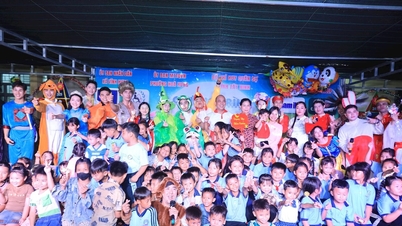








![[Photo] President Luong Cuong presents decisions on conferring titles and appointing Vietnamese Ambassadors](https://vphoto.vietnam.vn/thumb/402x226/vietnam/resource/IMAGE/2025/10/10/1760082105623_image-1.jpeg)







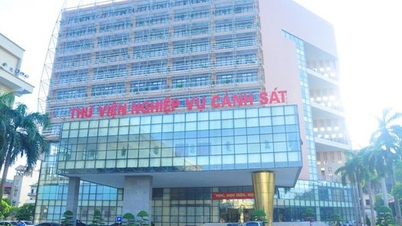


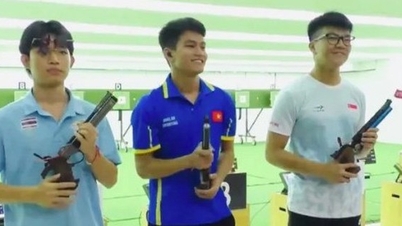























Comment (0)